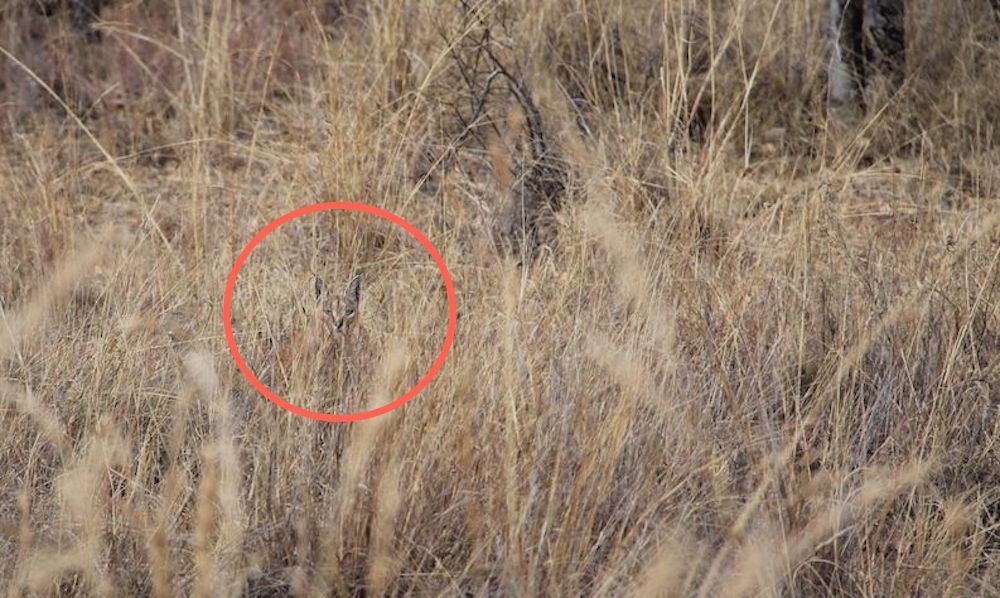
- #CAMOUFLAGE ANIMALS FULL#
- #CAMOUFLAGE ANIMALS CODE#
#CAMOUFLAGE ANIMALS CODE#
The 4-H Name and Emblem have special protections from Congress, protected by code 18 USC 707. Reference to commercial products or trade names does not imply endorsement by MSU Extension or bias against those not mentioned. This information is for educational purposes only. Quentin Tyler, Director, MSU Extension, East Lansing, MI 48824. Issued in furtherance of MSU Extension work, acts of May 8 and June 30, 1914, in cooperation with the U.S. Michigan State University Extension programs and materials are open to all without regard to race, color, national origin, gender, gender identity, religion, age, height, weight, disability, political beliefs, sexual orientation, marital status, family status or veteran status.
#CAMOUFLAGE ANIMALS FULL#
MSU is an affirmative-action, equal-opportunity employer, committed to achieving excellence through a diverse workforce and inclusive culture that encourages all people to reach their full potential.
Why do animals have different color patterns?. For more information about 4-H learning opportunities and other 4-H programs, contact your local MSU Extension county office. US 23 or visit us on-line at Facebook Alcona County MSU Extension or at our county website. To learn more about 4-H and Extension opportunities in Alcona County stop by our Harrisville office at 320 S. To learn more about Michigan State University Extension check us out on-line. To learn more about the positive impact of Michigan 4-H youth in STEM literacy programs, read our 2018 Impact Report: “ Equipping Young People for Success Through Science Literacy.” Youth who participate in 4-H STEM are better equipped with critical life skills necessary for future success. 4-H STEM programming seeks to increase science literacy, introducing youth to the experiential learning process that helps them to build problem-solving, critical-thinking and decision-making skills. Michigan State University Extension and the Michigan 4-H Youth Development program help to create a community excited about STEM (Science, Technology, Engineering, and Mathematics). Ask youth if they think disguise and mimicry camouflage helps predators or prey more. Camouflage can help both predators and prey survive. Prey are animals that are hunted and eaten by other animals. Predators are animals that naturally hunt and eat other animals for food. When everyone is done, ask each youth to share their moth and explain why their moth may be scary to predators.Ĭamouflage can be a vital tool for an animal’s survival because all animals are part of a food web. Allow for some fun and creativity as the youth create their moths. To help youth understand mimircy camouflage, give each youth a copy of the moth below and ask them to color the moth so it looks like it has large eyes or looks like another part of an animal that might scare away predators. The owl butterfly has large spots that look like an owls eye. The viceroy butterfly looks similar to the monarch butterfly, which tastes bad and is poisonous to many predators. Mimicry is coloration in a harmless animal that is similar to another animal that is dangerous, bad tasting or poisonous. What do they think helped some pinecones survive better? How? Mimicry Ask youth if the survivors had anything in common. You can modify this activity by giving the group a limited amount of time to find each pinecone. Which disguises seemed to work best? Why do you think they worked best? Repeat until all the disguised pine cones have been found. Once the pinecone is placed, have the rest of the group go outdoors and try to find the pinecone. Then, have one student take their disguised pinecone outside and place it in plain sight. Provide glue and time for youth to disguise their pinecone. Challenge the youth to look around the space and think about how they can use the natural materials to disguise their pinecone. To help youth understand how disguise camouflage works, help them collect a variety of natural materials: leaves, grass, sticks, sand and a pinecone for each youth. For example, walking sticks look like a stick when sitting still. 
Disguiseĭisguise is when an animal has coloration designed so it looks like another non-food object in their environment.

Challenge youth to think about how using camouflage can help an animal survive in its environment. There are four basic types of camouflage: concealing coloration, disruptive coloration, disguise and mimicry. Observing, interpreting and analyzing data, arguing using evidence and communicating information can all be part of an informal discussion guided by simple questions like, “What is the difference between disguise and mimicry camouflage?” What is camouflage? Understanding the different types of camouflage helps youth strengthen important life, communication and science skills.






 0 kommentar(er)
0 kommentar(er)
